Moungi G. Bawendi, Louis E. Brus and Alexei I. Ekimov, the three scholars who won the Nobel Prize in Chemistry this year, are pioneers in nanotechnology.
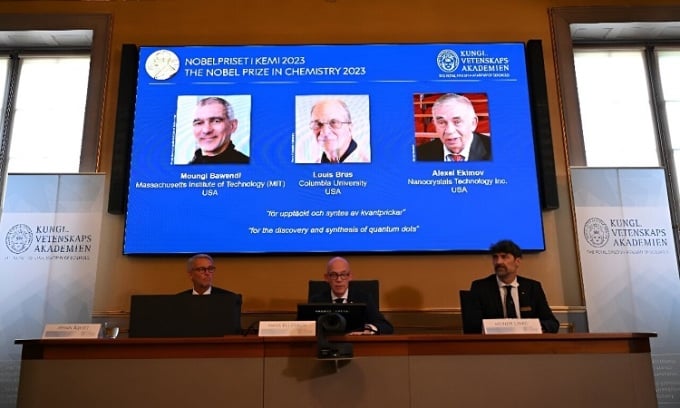
The Nobel Assembly announced three scientists who won the 2023 Nobel Prize in Chemistry. Photo: Phys.org
In the 1980s, Alexi Ekimov, 78, and Louis Brus, 80, worked independently to create “quantum dots,” nanoparticles found today in new-generation TV screens and used to illuminate tumors in the body. A decade later, Moungi Bawendi, 62, revolutionized the method for producing quantum dots with high precision and at large scale, paving the way for a wide range of applications.
Perseverance
Bawendi was born in Paris to a Tunisian father and a French mother. His family immigrated to the United States when he was 10. Although Bawendi excelled in science in high school, he failed his first chemistry class at Harvard. "That first F experience could have easily destroyed me. It was the lowest grade I had ever gotten in the class," the scientist said.
But Bawendi persevered, earning his bachelor's and then his doctorate from the University of Chicago. He then joined Bell Laboratories with Brus and eventually became a professor at the Massachusetts Institute of Technology (MIT). "I am deeply honored to share the Nobel Prize with Louis Brus, my postdoctoral advisor. Even though I am a professor myself, I still try to emulate his magnanimity and mentoring style," Bawendi said.
Bawendi built on his colleague's work and in 1993 succeeded in significantly improving the method for making quantum dots, finding the right solvent and temperature to get the nanocrystals to a specific size.
Colored glass experiment
Ekimov and Brus grew up in the post-war period. Ekimov was born in the Soviet Union and graduated from Leningrad State University. He was fascinated by colored glass and the fact that each compound could produce a variety of colors. By experimenting with the temperature and time at which molten glass was heated, he found that he could vary the size of the resulting grains, and the smaller the grains, the bluer the light they emitted.
Ekimov published his discovery in a Soviet scientific journal in 1981 and was the first to create quantum dots, particles predicted by physics theory in the early 20th century but only demonstrated in practice much later.
At the same time, Brus worked at Bell Laboratories in the US, a famous incubator of scientific discoveries. He conducted experiments that involved cutting particles into smaller pieces to provide larger surface areas and faster chemical reactions. While working there, he noticed that the optical characteristics and other properties of particles changed as they got smaller, something that could only be explained by quantum mechanics.
Sputnik Generation
"I am a member of the Sputnik generation, growing up after World War II when the United States dramatically expanded its science and technology sector in response to the Cold War," Brus shared in his memoir after receiving the Kavli Prize in 2008.
Showing a talent for mathematics and science from an early age, he grew up in suburban Kansas City, where he developed a love of tools and machines while working at a local hardware store after school and on weekends.
Brus initially thought he would follow his father into business. But after receiving his doctorate from Columbia University in New York in 1969, he joined the U.S. Navy and became a researcher at a laboratory in Washington. Then, in 1972, he started working at Bell Laboratories, a job that lasted 23 years.
Now a professor at Columbia University, Brus believes in the power of science. "Scientists struggle with experiments every day, and often fail to see the enormous advances in science and technology over decades. Science has created a better life for humanity despite wars, economic crises, and natural disasters," Brus said.
An Khang (According to AFP )
Source link


![[Photo] "Beauties" participate in the parade rehearsal at Bien Hoa airport](https://vstatic.vietnam.vn/vietnam/resource/IMAGE/2025/4/11/155502af3384431e918de0e2e585d13a)



![[Photo] Looking back at the impressive moments of the Vietnamese rescue team in Myanmar](https://vstatic.vietnam.vn/vietnam/resource/IMAGE/2025/4/11/5623ca902a934e19b604c718265249d0)






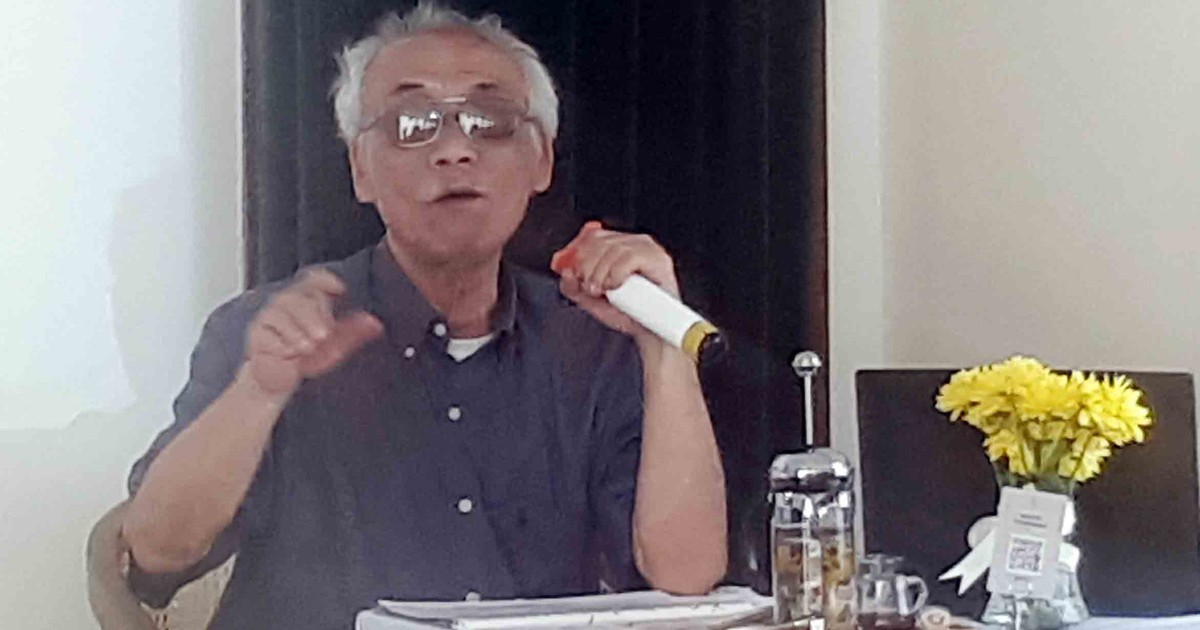
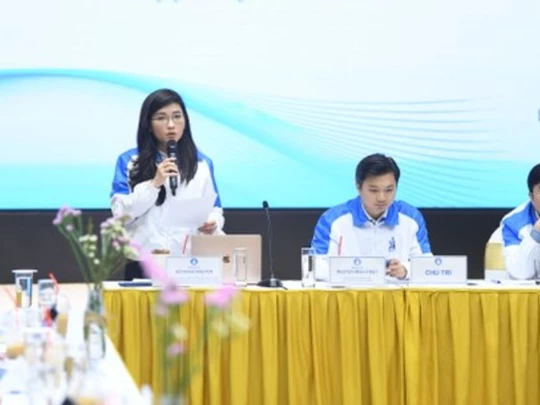
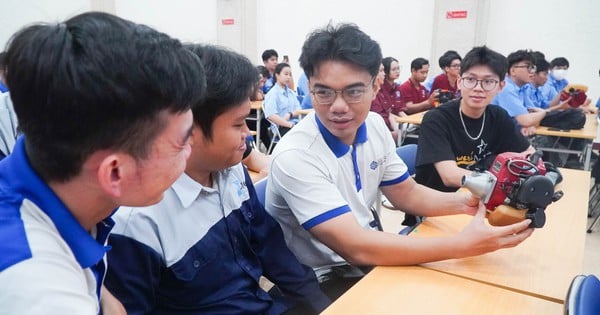

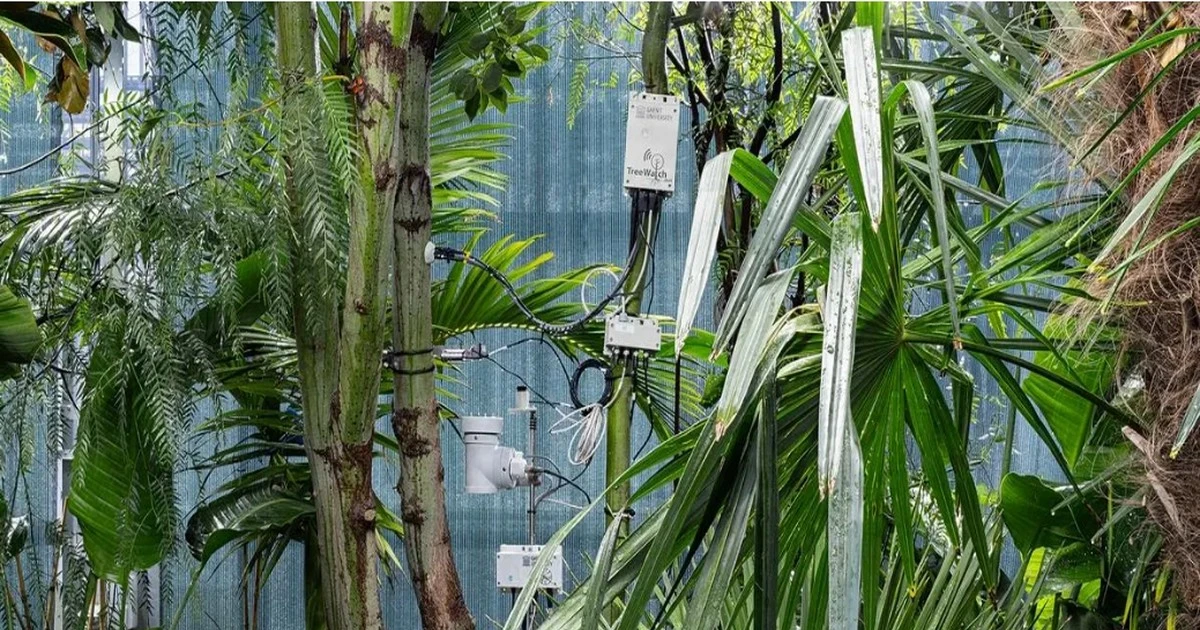
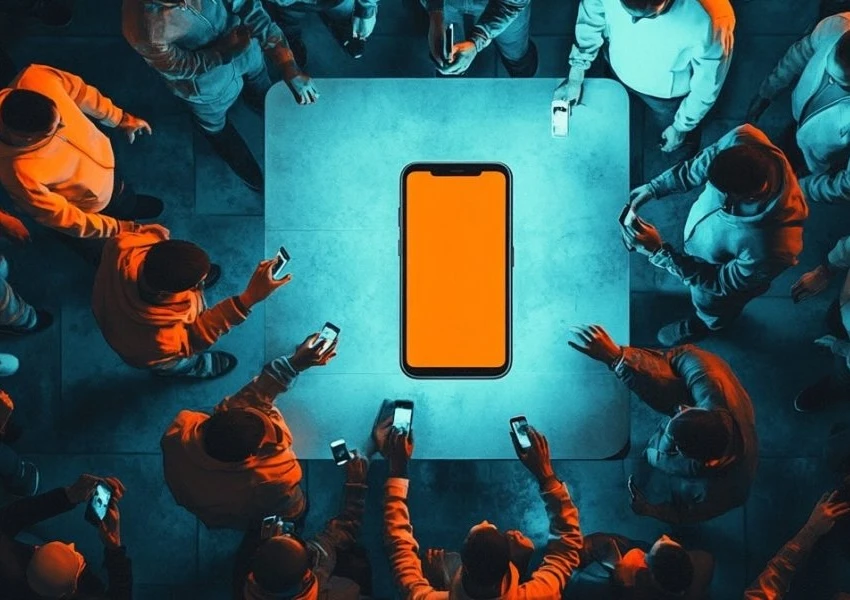

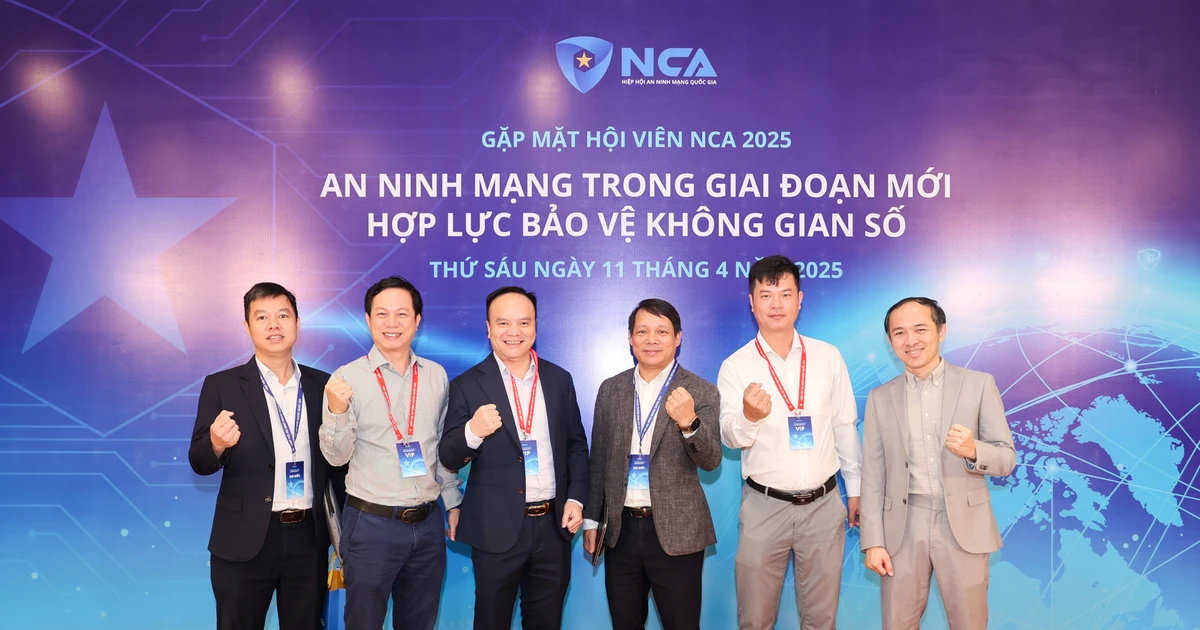











![[Photo] Summary of parade practice in preparation for the April 30th celebration](https://vstatic.vietnam.vn/vietnam/resource/IMAGE/2025/4/11/78cfee0f2cc045b387ff1a4362b5950f)







































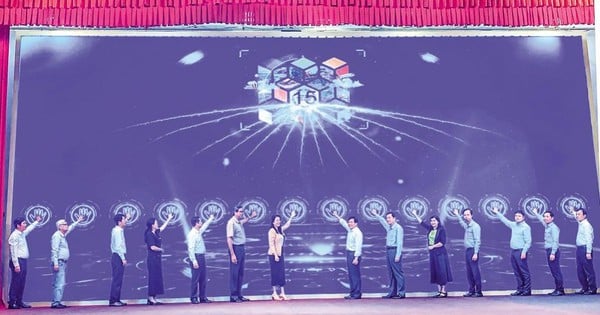
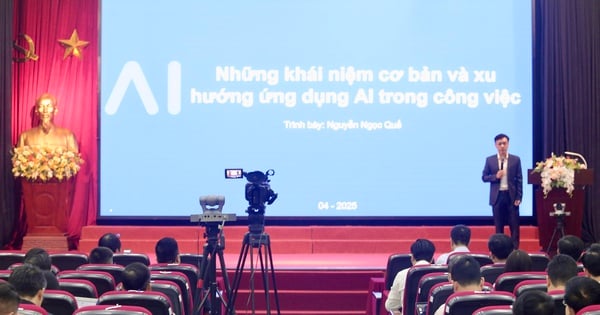

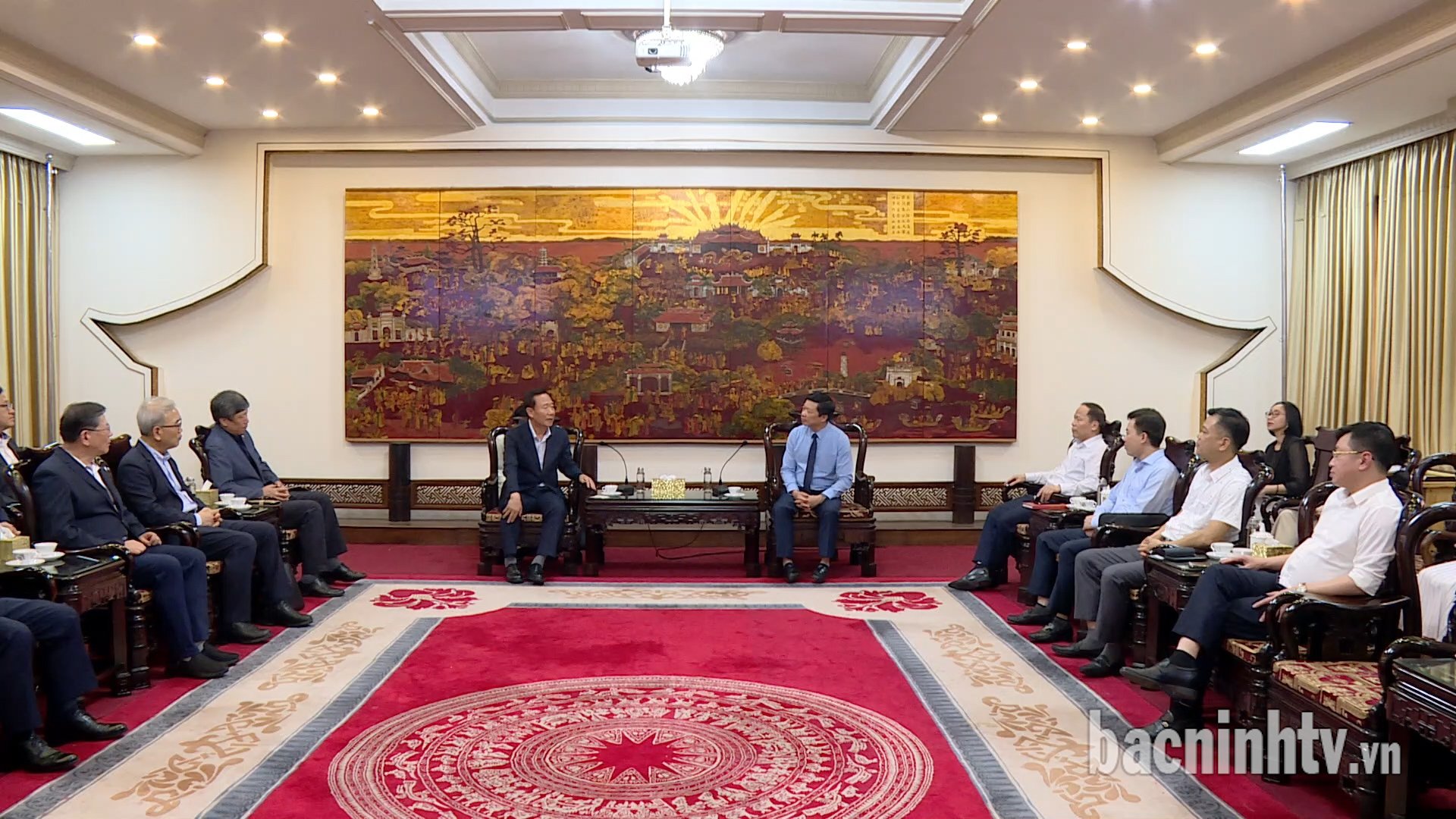




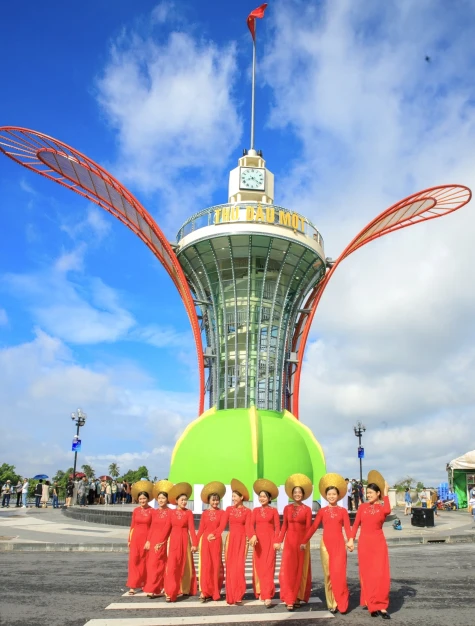

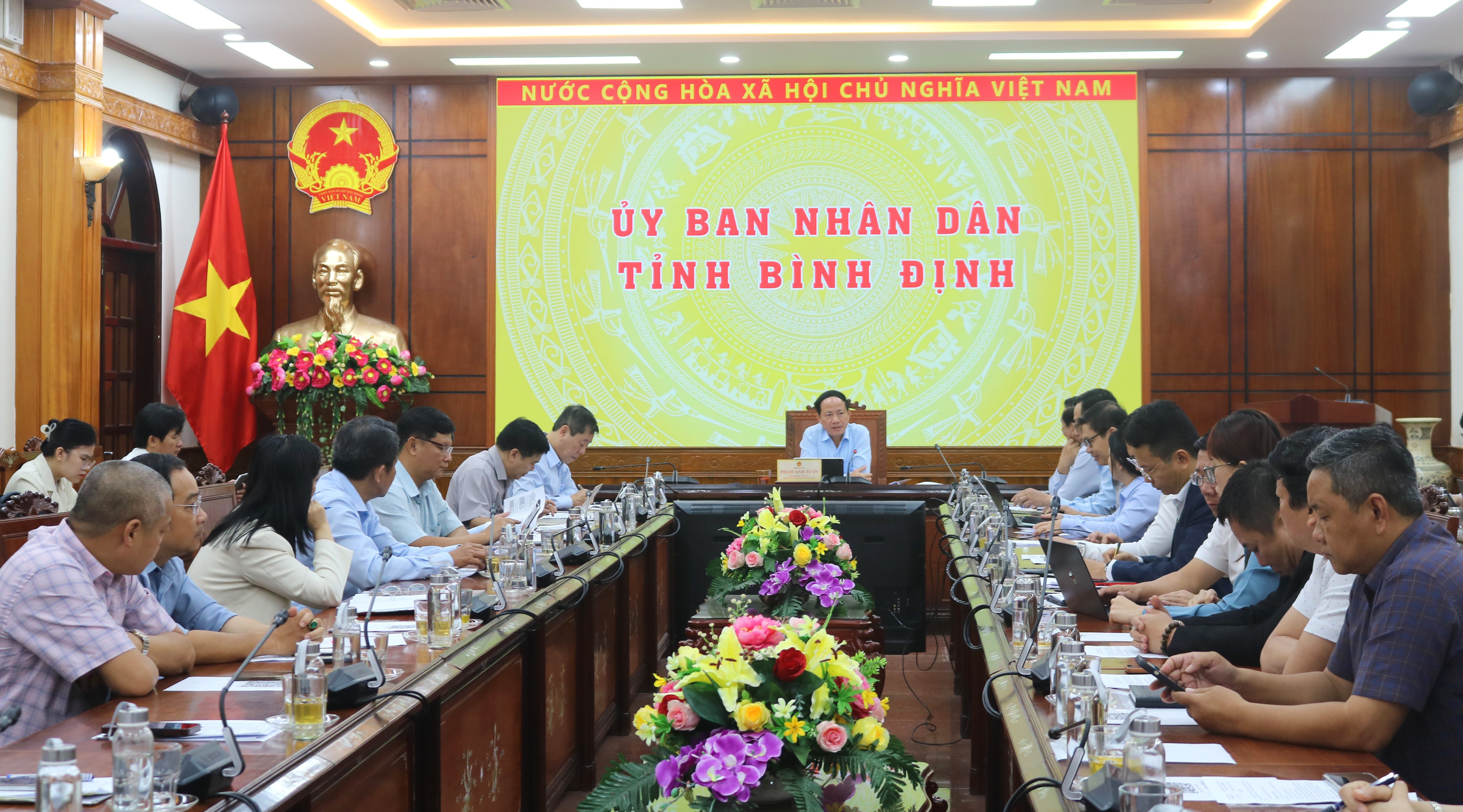













Comment (0)